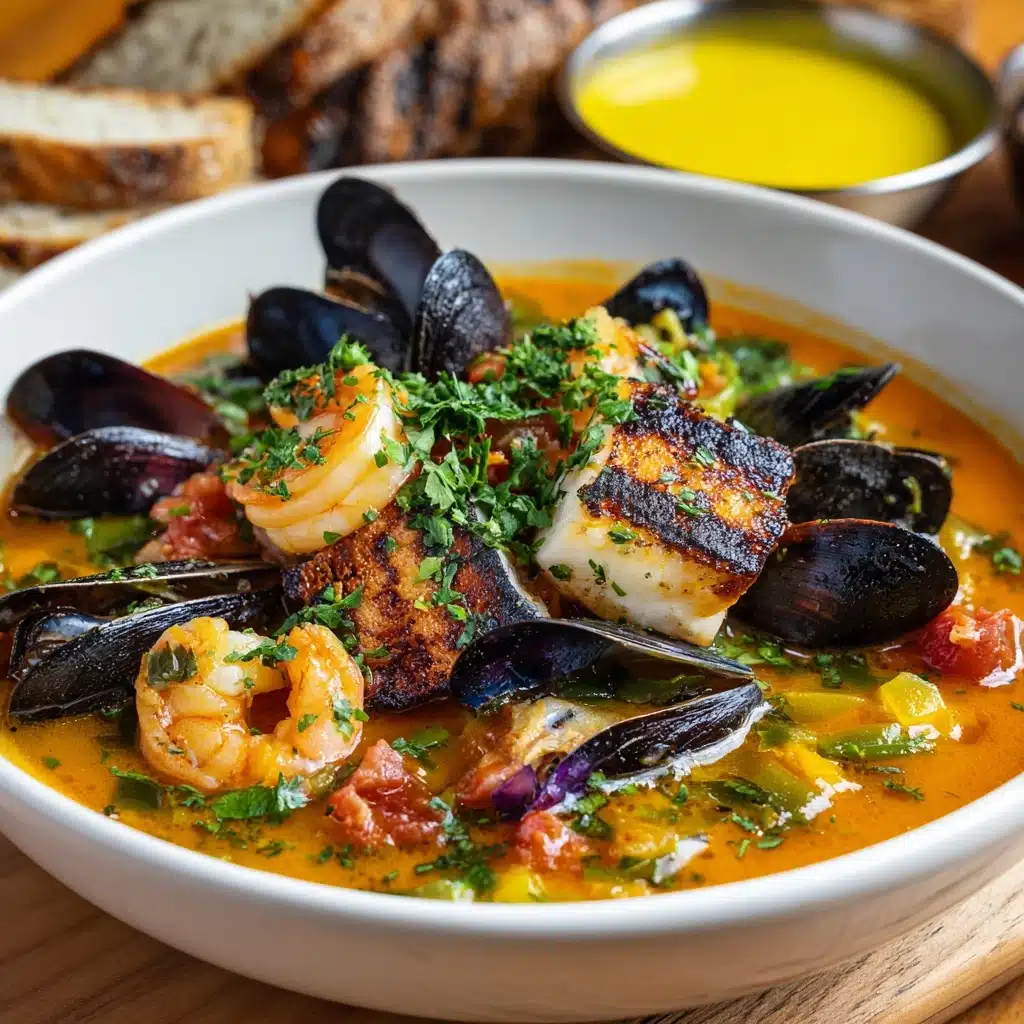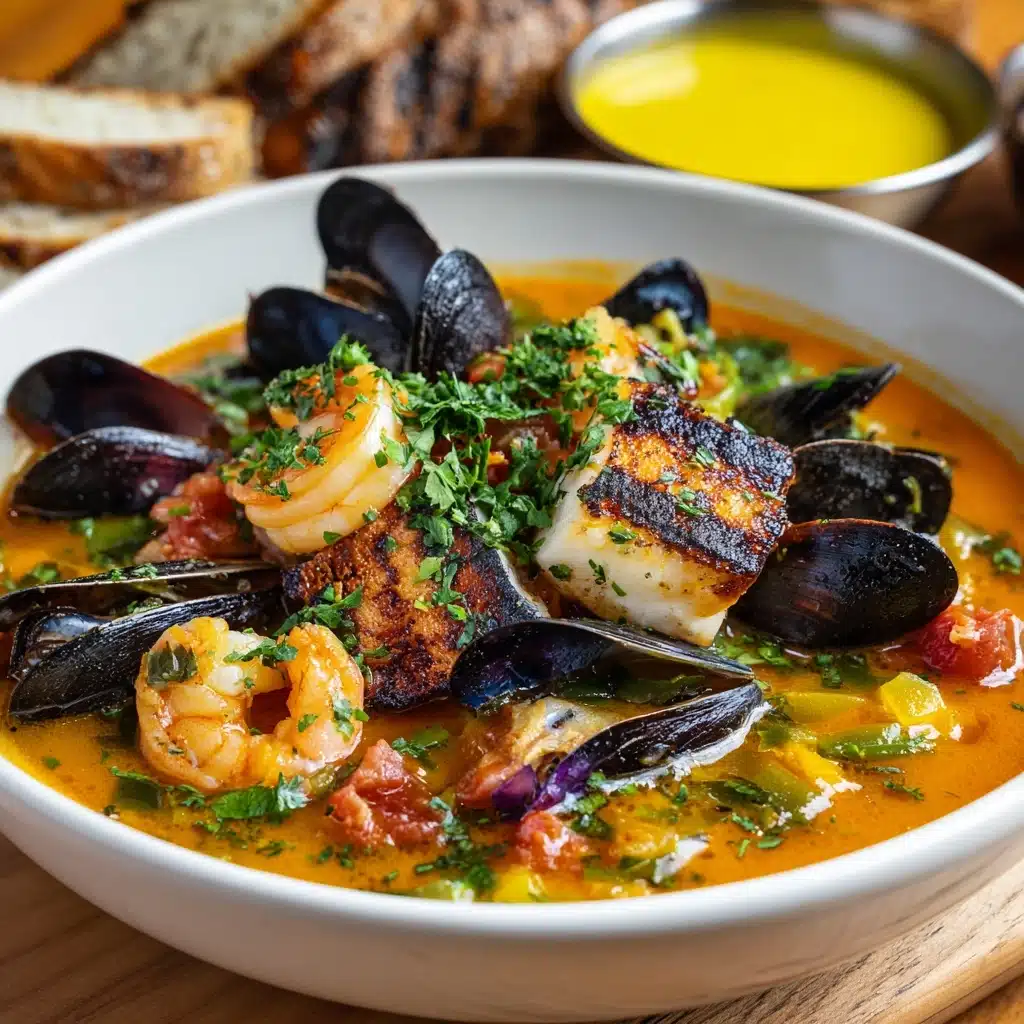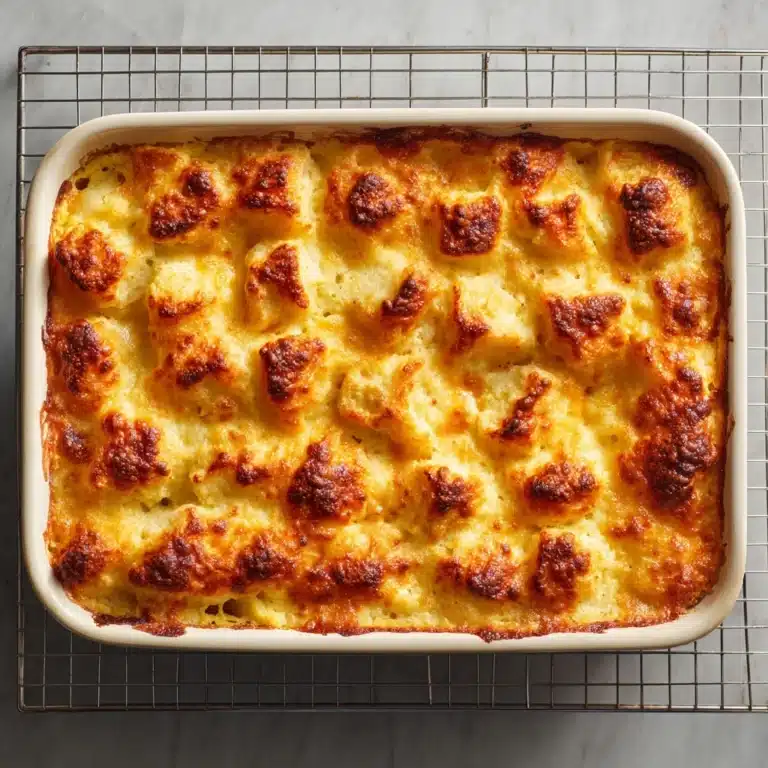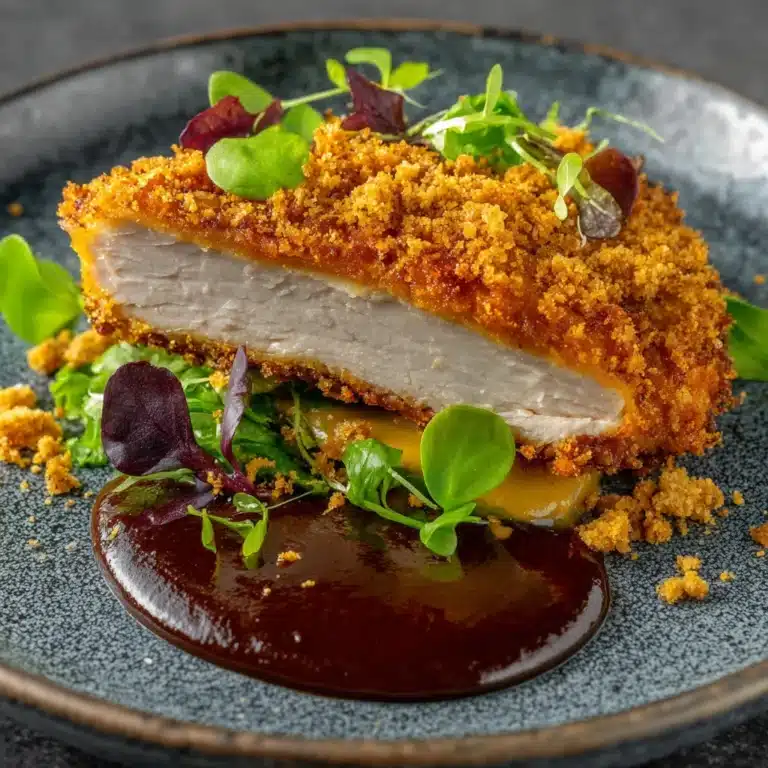Imagine the sun-dappled coastline of Provence, the aroma of saffron in the air, and a steaming bowl of Bouillabaisse arriving at your table. This classic French seafood stew is both a celebration and a comfort, brimming with fresh fish, shellfish, fennel, and the unmistakable hint of orange and spice. Bouillabaisse is more than a meal; it’s an experience that brings people together, poised between rustic tradition and elegant flavor. Whether you’re new to French cuisine Main Course.

Ingredients You’ll Need
The beauty of Bouillabaisse lies in the simplicity and harmony of its ingredients—each brings a distinct flavor, color, or texture to the pot. Don’t worry if you swap in what’s seasonal or on hand; this dish welcomes creativity.
- Olive oil: The foundation for a silky-smooth stew and rich Mediterranean flavor.
- Onion: Adds subtle sweetness and body to the broth.
- Leeks: Offer a delicate oniony note and extra depth.
- Garlic: Essential for building savory, aromatic complexity.
- Fennel bulb: Provides a gentle anise flavor and great texture.
- Tomato: Brings vibrant color, a subtle tang, and rounds out the broth.
- Orange zest: Lends brightness and a touch of citrus magic that’s classic in Bouillabaisse.
- Saffron threads: The signature spice, infusing golden color and earthy aroma.
- Cayenne pepper: Adds a gentle kick of heat; adjust as desired.
- Dried thyme: Fragrant herbal notes to balance the richness of the soup.
- Bay leaves: Slow-release flavor that perfumes the entire stew.
- Dry white wine: De-glazes and deepens the savory notes of the broth.
- Fish stock (or seafood broth): The backbone for all the seafood flavor—go homemade if you have time!
- Firm white fish (cod or halibut): Holds its shape beautifully and soaks up all the stewy goodness.
- Mussels: Tender and briny, they release extra flavor into the stew as they cook.
- Clams: Salty-sweet with a satisfying, chewy bite.
- Shrimp: Sweet, juicy, and perfectly complemented by the saffron broth.
- Salt and black pepper: To taste; essential for balancing all the bold flavors.
- Chopped parsley and orange wedges (optional): An easy garnish for freshness and color at serving time.
How to Make Bouillabaisse
Step 1: Build the Flavor Base
Start your Bouillabaisse journey by heating olive oil in a large pot or Dutch oven over medium heat. Add the sliced onion, leeks, garlic, and fennel, then gently cook them until beautifully soft and translucent—about 10 minutes. This is where your kitchen fills with that first savory aroma, so don’t rush! The gentle sauté here sets up a sweet, mellow background for all the bold flavors ahead.
Step 2: Add Aromatics and Spices
Stir in the chopped tomato, orange zest, saffron threads, cayenne pepper, dried thyme, and bay leaves. Let these toast and mingle for 2 minutes, releasing their essential oils and vivid colors. You’ll see the pot transform from basic vegetables to a warmly spiced foundation, hinting at the spectacular Bouillabaisse to come.
Step 3: Deglaze and Simmer
Pour in the dry white wine, scraping up any flavorful bits stuck to the bottom of the pot. Let it simmer for 2 minutes, then add your fish stock or seafood broth. Increase the heat and bring to a gentle boil, then lower and simmer uncovered for 20 minutes. This step is key for layering flavor and softening every ingredient into a unified, fragrant broth.
Step 4: Add the Fish
Gently season the broth with salt and pepper, then carefully drop in the chunks of white fish. Simmer for 5 minutes, just until the fish begins to flake but still holds its shape. It’s important not to stir vigorously now—treat the fish tenderly to keep beautiful pieces throughout your Bouillabaisse.
Step 5: Finish with Shellfish
Tip in the mussels, clams, and shrimp, then cover the pot. Continue cooking for 5 to 7 minutes, just until the shellfish open and the shrimp turn pink and plump. Peek inside and give a gentle nudge to any stubborn shells. Discard any unopened mussels or clams before serving—your Bouillabaisse is ready for its grand entrance.
How to Serve Bouillabaisse

Garnishes
Bouillabaisse begs for a sprinkle of chopped parsley over the top, adding a pop of green freshness to every haloed bowl. For a truly authentic touch, nestle in a few orange wedges alongside—the subtle citrus aroma will have everyone at the table swooning before the first bite.
Side Dishes
The traditional pairing is a crusty French baguette, perfect for dunking into that golden saffron broth. Or, go all-out with homemade rouille—a garlicky Provençal sauce—to slather onto toast or swirl through each spoonful. A simple green salad rounds out the meal gently, letting the Bouillabaisse itself take center stage.
Creative Ways to Present
Try serving Bouillabaisse family-style from a big communal pot for festive sharing, or ladle it into individual bowls for an elegant dinner party moment. Mini Bouillabaisse shooters make a fun appetizer at gatherings, offering guests a little taste of coastal France in every sip.
Make Ahead and Storage
Storing Leftovers
Leftover Bouillabaisse keeps beautifully in the fridge for up to two days. Let it cool completely before storing in a tightly sealed container. The flavors mingle and deepen overnight, making for an especially rich bowl the next day.
Freezing
While Bouillabaisse can be frozen, keep in mind that seafood—especially shellfish—may change texture after thawing. For best results, freeze only the broth and solid white fish. When ready to enjoy, re-warm the soup and add fresh shellfish in the final minutes.
Reheating
Gently reheat Bouillabaisse on the stovetop over low heat until just warmed through. Avoid boiling, as this can make the seafood tough. If adding new shellfish, simmer covered only until they open and are cooked.
FAQs
What’s the best type of fish to use in Bouillabaisse?
Firm white fish like cod, halibut, or even monkfish work wonderfully because they hold their shape during simmering and absorb all the flavorful broth. Feel free to use what’s freshest and locally available.
Can I make a vegetarian version of Bouillabaisse?
Absolutely! Swap the seafood for a medley of vegetables like potatoes, zucchini, and carrots, and use a robust vegetable stock. You’ll still capture the spirit of Provence, minus the fish and shellfish.
Is saffron essential to Bouillabaisse?
Saffron is traditional for adding color and that unmistakable earthy warmth, but if you can’t find it (or it’s out of budget), a pinch of turmeric can stand in for color—though the floral notes of saffron are unique and worth seeking out if possible.
How spicy is Bouillabaisse?
The cayenne gives it a gentle warmth, but Bouillabaisse isn’t meant to be fiery. Dial the spice up or down depending on your personal heat preference.
How do you pronounce Bouillabaisse?
It’s pronounced “boo-ya-BESS,” and saying it out loud is almost as much fun as eating it! Impress your friends and invite them to join you on your Provencal culinary adventure.
Final Thoughts
If you’ve ever dreamed of the south of France, let this Bouillabaisse recipe transport you there one spoonful at a time. Don’t be intimidated—give it a try and watch your kitchen fill with the flavors of the sea and sun. Invite friends, pour some wine, and savor the magic. Bon appétit!
Print
Bouillabaisse Recipe
- Total Time: 1 hour
- Yield: 6 servings 1x
- Diet: Non-Vegetarian
Description
Bouillabaisse is a traditional French fish stew hailing from the Provence region. This hearty seafood soup is rich in flavor, featuring an array of fresh fish and shellfish simmered in a fragrant broth infused with saffron and herbs.
Ingredients
Broth:
- 2 tablespoons olive oil
- 1 large onion, thinly sliced
- 2 leeks (white and light green parts), sliced
- 4 cloves garlic, minced
- 1 fennel bulb, thinly sliced
- 1 large tomato, chopped
- 1 teaspoon orange zest
- 1/2 teaspoon saffron threads
- 1/4 teaspoon cayenne pepper
- 1 teaspoon dried thyme
- 2 bay leaves
- 1/2 cup dry white wine
- 4 cups fish stock (or seafood broth)
Seafood:
- 1 lb firm white fish (such as cod or halibut), cut into chunks
- 1/2 lb mussels, scrubbed and debearded
- 1/2 lb clams, scrubbed
- 1/2 lb shrimp, peeled and deveined
- Salt and black pepper to taste
Garnish:
- Chopped parsley
- Orange wedges
Instructions
- Prepare the Broth: Heat olive oil in a large pot, add onion, leeks, garlic, and fennel. Cook until soft. Stir in tomato, orange zest, saffron, cayenne, thyme, and bay leaves. Cook for 2 minutes. Add white wine and fish stock. Simmer for 20 minutes.
- Add Seafood: Season with salt and pepper. Add fish chunks, simmer for 5 minutes. Add mussels, clams, and shrimp. Cook covered for 5–7 minutes until seafood is cooked.
- Finish and Serve: Discard any unopened shells and bay leaves. Ladle bouillabaisse into bowls. Garnish with parsley and orange wedges.
Notes
- Traditionally served with crusty bread and rouille, a garlicky mayonnaise.
- Vary the seafood with monkfish, scallops, or crab.
- Prep Time: 20 minutes
- Cook Time: 40 minutes
- Category: Main Course
- Method: Stovetop
- Cuisine: French
Nutrition
- Serving Size: 1 1/2 cups
- Calories: 330
- Sugar: 4g
- Sodium: 720mg
- Fat: 12g
- Saturated Fat: 2g
- Unsaturated Fat: 9g
- Trans Fat: 0g
- Carbohydrates: 14g
- Fiber: 2g
- Protein: 40g
- Cholesterol: 140mg







